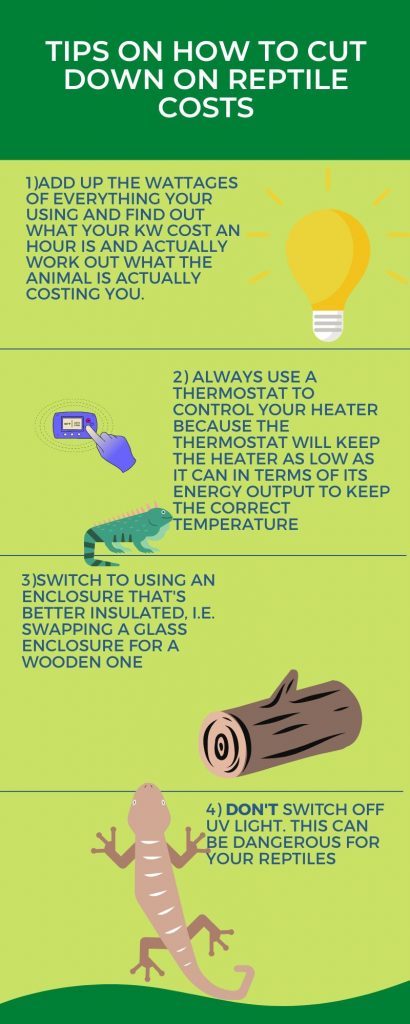Rates of reptile abandonment are soaring as the price of UV lighting increases but some argue that energy costs aren’t the real reason
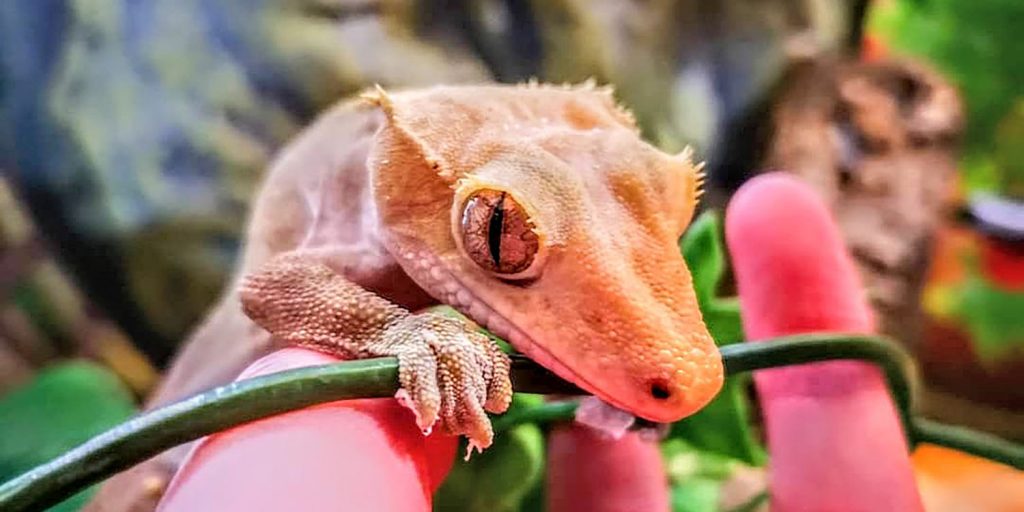
At Valley Veterinary Hospital, exotic animal specialist Dr Tariq Abou-Zahr was presented with a leopard gecko whose bones had become so soft that it could no longer walk properly. When he examined the lizard’s jaw it was so mushy that he could squeeze it between his fingers. He discovered that it was being kept in a dark room without any UV light, which is a requirement for most reptiles to produce healthy levels of calcium. As a result, it had begun to suck the nutrients out of its own bones.
Cases of owners not having done enough research is something that Dr Abou-Zahr encounters regularly as a vet that works with more unconventional pets. And though he expects to see this particular gecko again soon, this isn’t always the case. “We call them Lost-to-Follow-Up,” he explained, a phenomenon in which the owners disappear and stop picking up the phone. “You don’t know where they’ve gone. They could’ve died, or moved to another practice.” Sometimes the owners just simply can’t afford the expense of the veterinary bills.
With the steadily escalating cost of living, Dr Abou-Zahr worries that this troubling brand of ghosting may become even more commonplace. He is equally concerned with how the increasing expense of UV equipment will affect how reptiles are being cared for at home. According to a recent report from the RSPCA, his fears are not unfounded.
Pet abandonment is on the rise. In Wales, there has been a 23% increase in the number of cases of animals, including reptiles, being discarded by their owners over last year. This meant there was a staggering 1,554 incidents of abandonment in the first half of 2022 alone. The charity attributes the problem to the pet-buying boom that occurred over the pandemic, in which locked-down owners had more time to care for their animals than they would otherwise. Now, with household energy bills projected to increase even further, the RSPCA have stated that they are “braced for a surge in abandonments” of exotic pets.
Darling can you hear me SOS
For many, the surge is already happening. Several reptile charities based in Cardiff have reported that over the past few months they have consistently been at the point of capacity. With no government-funded support, these centres are being placed under extreme pressure.
Though they do not show it as obviously as mammals, reptiles do feel pain.
Welsh ecologist, Jenny Jones, is one of the people fighting to counteract the problem. As the founder of the Facebook page, Reptile Rescue S.O.S, Jenny connects reptile owners across the UK who either wish to adopt or to rehome their pets.
It’s a network that is sustained by private individuals rather than a charity, but Jenny is concerned that even this solution may be put under strain. “It’s working at the moment,” she said, “but most people I know, especially people who take bigger things, like snake specialists who have got spare sheds that are heated, are all at capacity.”

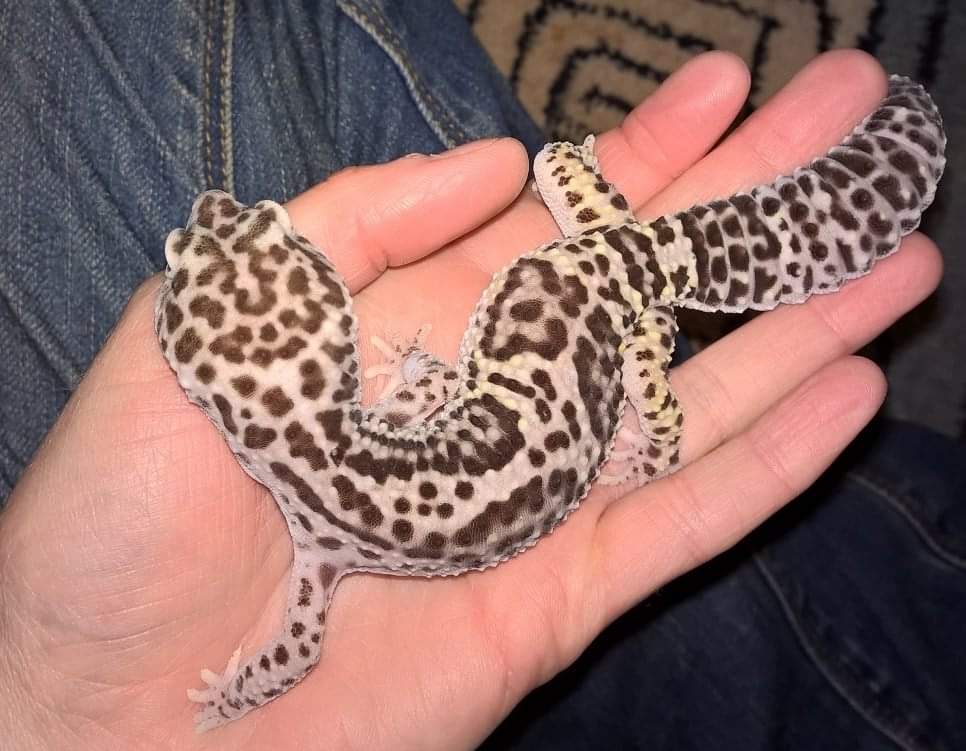
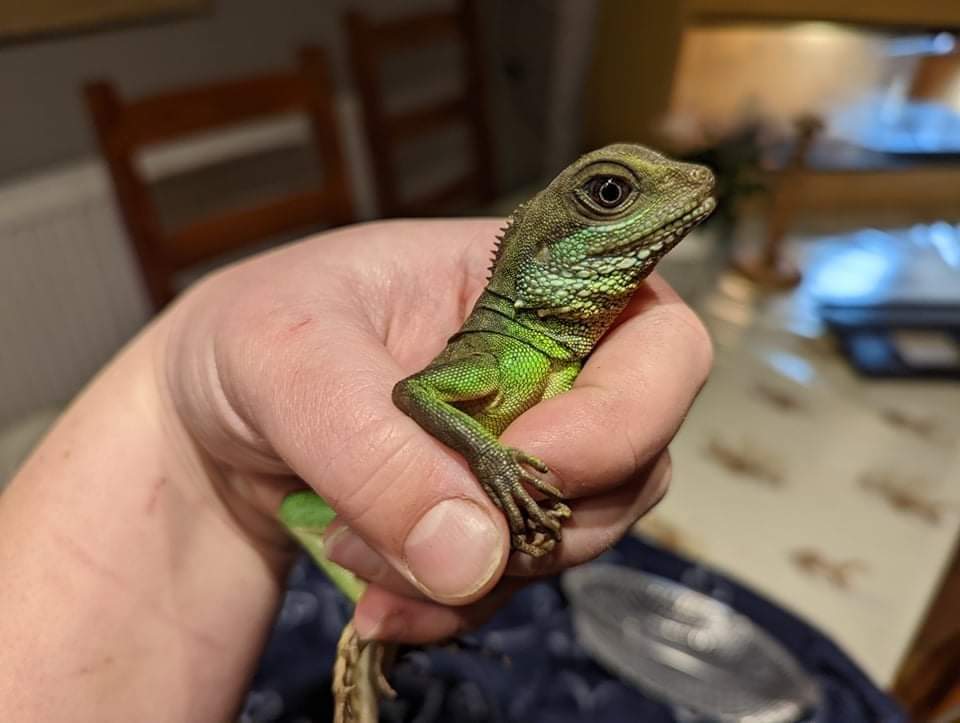
However, one anonymous reptile charity believes that the extreme increase in dumping isn’t due to energy prices alone. The average kilowatt per hour cost in South Wales is 49.2p. To keep a 24W UV lamp lit for an average of 12 hours a day (an average for most reptiles) costs an extra £2 per week. Unless someone is on an extremely tight budget, such small-scale price increases shouldn’t warrant an animal being abandoned.
So why are they?
Snake King

Dr Abou-Zahr has always been fascinated by reptiles. He owned his first corn snake at eleven years old (which he named Fred) and then “just sort of went from there.” Now he is currently the proud keeper of thirty-five snakes, which he occasionally breeds and exchanges with other snake enthusiasts. Though the vet does not have much of an emotional connection with the animals, he values them and cares for them as he would a “piece of nature.”
It may sound like an unusual hobby, but breeding large reptile collections is a surprisingly common enterprise among pet owners in the UK. It’s also almost completely unregulated. This means that breeders can sell non-venomous snakes without needing a licence.
It’s the owners of these large collections who some reptile charities suspect are driving the huge upscale in abandonments, since the costs involved are considerably multiplied. Dr Abou-Zahr admits his own snakes are costing him an extra couple of hundred pounds a month. He also admits that there are a minority of snake breeders who do not treat their collections properly, but rather like a “piece of art.”
Intent to breed reptiles is something that Jenny is careful to ask about when screening prospective owners. She says that while she is not “totally against it,” she is wary of people who go into reptile breeding purely for financial gain. One common practice is the genetic engineering of “morphs,” which is a term used to describe snakes bred for the purpose of creating exotic patterns. These morphs can be prone to complicated medical issues and since these breeders are looking for the biggest payout possible, they often don’t check whether the people buying them have the means or knowledge necessary to care for them.
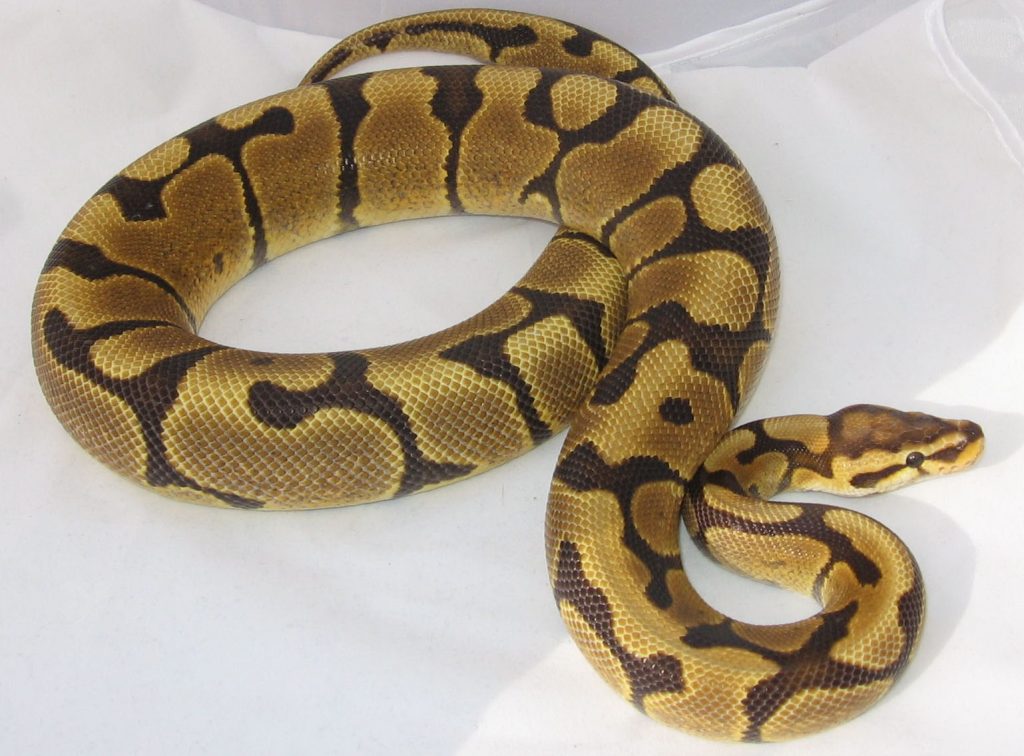
Jenny also takes issue with pet shops that exacerbate the trend of treating reptiles as collectibles by advertising them as “buy one get one free.” They perpetuate the idea that they are toys that can be discarded as one would their other luxuries during a time of financial struggle, rather than real, living creatures.
Though they do not show it as obviously as mammals, reptiles do feel pain. The gecko that Dr Abou-Zahr treated was in an extreme amount of suffering. To abandon a reptile, particularly in winter, opens them up to a host of cruel, life-threatening conditions.
Dr Abou-Zahr emphasised that abandonment is never a good option. “It would probably be kinder,” he said, “for the animal to be humanely euthanised.”
